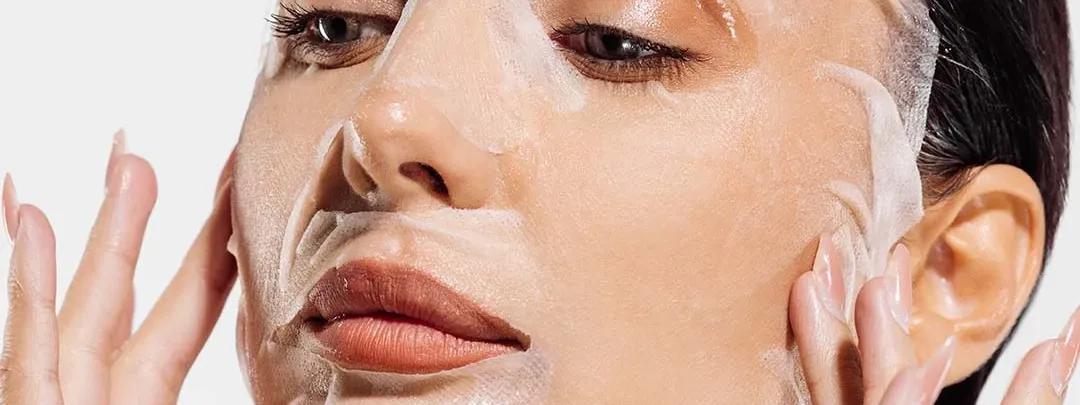More isn't always better with masks. Using them too frequently can irritate your skin and disrupt its natural balance. Signs you're overdoing it include increased sensitivity, redness, or breakouts. If this happens, take a break and slowly reintroduce masks at a lower frequency.
Improper Application and Removal
Rushing the application or being too rough during removal defeats the purpose. Take your time to apply evenly, and always remove gently. Scrubbing or pulling at your skin can cause irritation and even premature aging. Think gentle massage, not aggressive scrubbing.
Skipping the Patch Test
This one's crucial, especially with new products or DIY masks. Apply a small amount to your inner wrist or behind your ear 24 hours before using it on your face. This simple step can save you from a painful or embarrassing reaction.
Frequently Asked Questions
How often should I use a face mask?
For most people, 1-3 times per week works well, but it really depends on your skin type and the mask you're using. Start with once a week and see how your skin responds.
Can I use multiple face masks in one session?
Absolutely! This technique is called multi-masking, and it's brilliant for addressing different concerns across your face. You might use a **clay mask** on your T-zone and a **hydrating sheet mask** on your cheeks.
Are sheet masks better than other types of face masks?
Sheet masks are convenient and great for hydration, but different mask types serve different purposes. **Clay masks** are better for oil control, while **overnight masks** offer intensive repair.
Should I wash my face after using a face mask?
It depends on the type. Rinse-off masks like clay or cream masks should be washed away completely. Leave-on masks and sheet mask essence can be patted into the skin and left to absorb.
Can men use face masks too?
Of course! Good skincare isn't gender-specific. Men's skin can benefit from the same **pore purifying**, hydrating, and anti-aging effects that masks provide.
Final Thoughts
Masks are honestly one of the most enjoyable parts of any skincare routine. They're your chance to slow down, treat your skin to something special, and see real results. Whether you're team **clay mask** for that deep clean feeling or **hydrating sheet mask** for instant glow, the key is finding what works for your skin and sticking with it. Remember, consistency beats perfection every time. Start with one mask that addresses your main skin concern, get comfortable with the routine, then explore from there. Your skin's already amazing—masks just help it shine a bit brighter.

 30 ml
30 ml 402 gm
402 gm 100gm
100gm 100 ml
100 ml